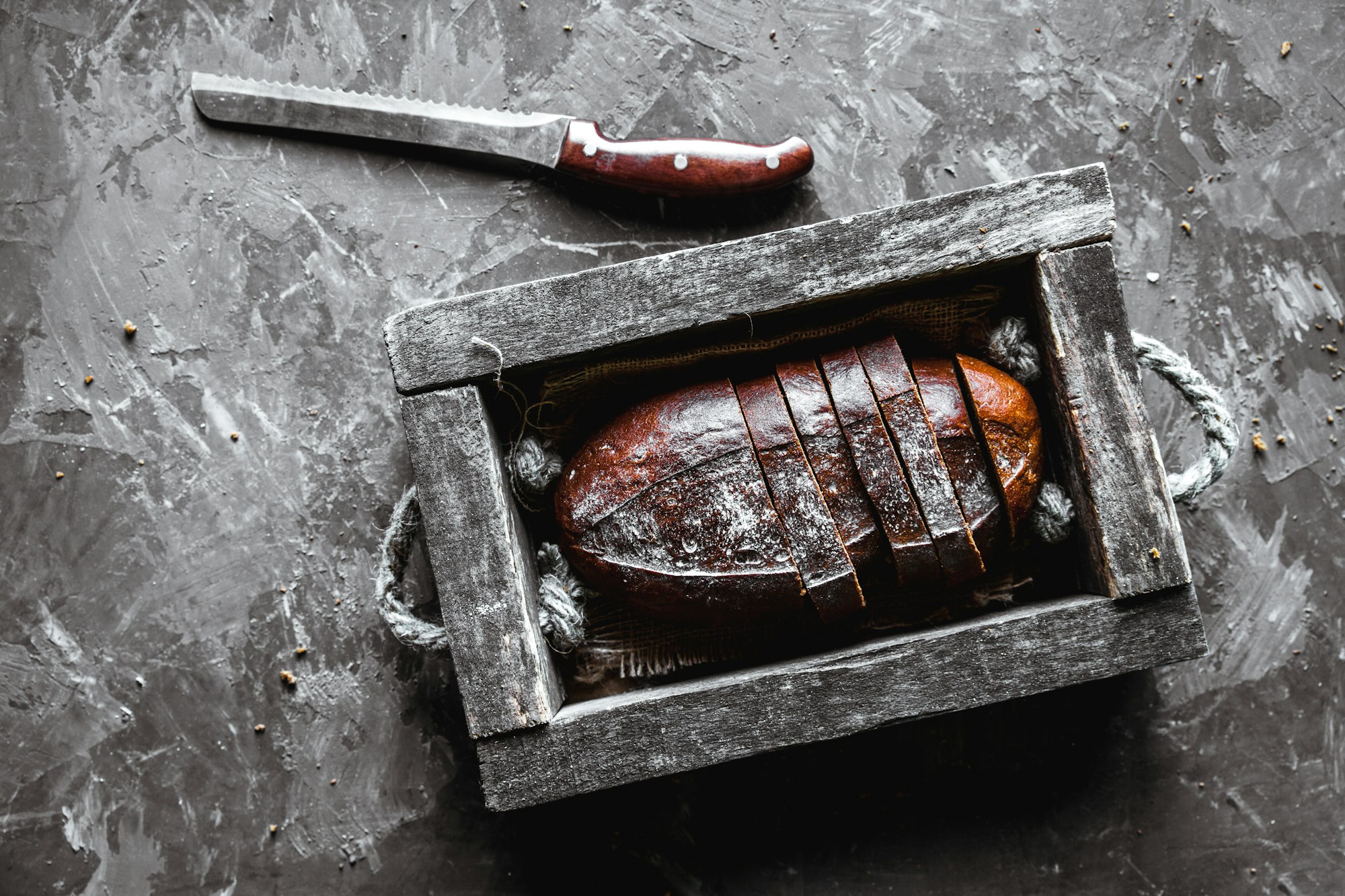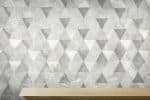Amidst the relentless hustle and bustle of daily life, the simple act of biting into a warm, fresh loaf of bread can be profoundly comforting. Yet, for those of you living with gluten intolerance, this simple pleasure may seem out of reach. But what if we told you that you could still enjoy a flavorful loaf, sans the gluten? Yes, that’s right. We’re talking about artisan gluten-free bread.
This article will guide you through the process of creating your very own gluten-free loaves at home. We will share baking tips, the science behind gluten-free bread making, and a tested recipe that you can try right away.
A lire en complément : What Techniques Can Transform a Basic Soup into a Luxurious Gourmet Experience?
Discover the Art of Gluten-Free Baking
Gluten-free baking is both an art and a science. It’s about understanding how different ingredients interact and using them to your advantage. What does it take to bake a gluten-free loaf that is just as good, or potentially even better, than its gluten-filled counterpart? Let’s find out.
Gluten is a protein found in wheat, barley, and rye. It gives bread its structure, elasticity, and moistness. Without it, you may feel like you’re fighting an uphill battle. But don’t worry, with the right knowledge and techniques, you can make excellent gluten-free bread.
Dans le meme genre : How to Craft a Signature Gourmet Burger with Exotic Toppings?
Key Ingredients in Gluten-Free Bread
Making gluten-free bread involves using different types of flour and adding certain ingredients to mimic the qualities of gluten. Here are some of them:
Psyllium husk: This is a form of fiber that acts as a binder, similar to gluten, in your bread dough. It also helps your dough rise by retaining moisture.
Yeast: Yeast plays a crucial role in leavening the bread. It ferments the sugars in the dough, creating gas bubbles that make the dough rise. Yeast also contributes to the flavor and texture of the bread.
Gluten-Free Flours: There are many types of gluten-free flours available. Each one contributes a unique flavor and texture to your bread. Some common ones are brown rice flour, coconut flour, almond flour, and oat flour.
Water: Hydration is essential in gluten-free baking. Water helps bind the ingredients together and aids in the rising process. It also contributes to the moisture content of your bread.
Gluten-Free Bread Baking Tips
You have your ingredients ready. Now, you might be wondering how to make your gluten-free bread taste and feel like the real deal. Here are some useful tips:
1. Choose the Right Flours
When it comes to gluten-free baking, one flour does not do it all. You will need to experiment with different combinations to achieve your desired taste and texture. For instance, mixing brown rice flour, potato starch, and tapioca flour can give you a blend that closely mimics the texture of wheat flour.
2. Hydrate Your Dough Properly
Hydration is crucial in gluten-free bread baking. However, it’s not about adding a large amount of water. It’s about giving the water enough time to hydrate the flours and psyllium husk. After mixing your dough, let it rest for about 30 minutes before proceeding with your recipe.
3. Allow Adequate Rising Time
One common mistake in gluten-free baking is not allowing the dough sufficient time to rise. Gluten-free bread dough often needs to rise longer than traditional bread dough. A good rule of thumb is to let it rise until it has almost doubled in size.
A Simple Artisan Gluten-Free Bread Recipe
Ready to start baking? Here’s a simple artisan gluten-free bread recipe that you can try at home. It involves a few steps but the result will be worth it.
Ingredients:
- 2 cups gluten-free flour blend
- 1 cup water
- 2 teaspoons psyllium husk powder
- 2 teaspoons active dry yeast
- 1 teaspoon salt
- 1 tablespoon sugar
Instructions:
- In a large bowl, combine the gluten-free flour blend, psyllium husk powder, active dry yeast, salt, and sugar.
- Add the water gradually, mixing with a spoon until a dough forms.
- Cover the bowl with a clean kitchen towel and let the dough rest for 30 minutes to hydrate.
- After the rest period, knead the dough lightly for a few minutes. It should be soft and slightly sticky.
- Shape the dough into a loaf and place it in a greased bread tin. Cover it again and let it rise for about an hour, or until it has nearly doubled in size.
- Preheat your oven to 375°F (190°C).
- Bake the loaf for about 35-40 minutes, or until the top is golden brown and the bread sounds hollow when tapped at the bottom.
- Let the bread cool before slicing it.
Making artisan gluten-free bread at home is possible, and it’s easier than you might think. With a little practice and patience, you can create loaves that are just as tasty and satisfying as traditional bread. So go ahead, give it a try and let your kitchen fill with the wonderful aroma of fresh bread. Happy baking!
The Role of Equipment in Gluten-Free Bread Baking
Baking equipment plays a significant role in crafting the perfect loaf of gluten-free bread. Certain tools can make the process more straightforward and greatly influence the final product’s texture and appearance. Here are a few key pieces of equipment that you’ll need:
Dutch Oven: A Dutch oven can be a game-changer in your gluten-free baking adventure. The enclosed space within the Dutch oven mimics a professional bread oven, helping you achieve a crispy crust and a soft, moist interior. The cast iron construction also ensures even heating, which is critical for proper bread baking.
Baking Sheet: For those who don’t own a Dutch oven, a baking sheet can also do the trick. You can place a baking sheet in the oven while it’s preheating and then carefully transfer your proofed dough onto it. The hot baking sheet will give your bread a good initial burst of heat, which helps it rise and form a crust.
Proofing Basket: A proofing basket, also known as a banneton, gives your gluten-free sourdough bread its shape during the final rise. It can also create beautiful patterns on the crust. However, be aware that gluten-free dough tends to be stickier than traditional dough, so make sure to dust your proofing basket well with rice flour before using it.
Digital Scale: Precision is vital in baking, particularly in gluten-free baking where the balance of ingredients is crucial. A digital scale allows you to accurately measure your ingredients, ensuring consistent results every time.
Gluten-Free Bread Variations and Conclusion
Once you’ve mastered the basic artisan gluten-free bread recipe, you can start experimenting with different ingredients and techniques to create a variety of flavorful and healthy loaves. For instance, incorporating soaked seeds or dried fruits can add an interesting texture and depth of flavor to your bread. You can also try different gluten-free flour blends or add ingredients like xanthan gum to enhance the structure and texture of your bread.
Consider baking a gluten-free sourdough bread for an added complexity of flavor. Gluten-free sourdough bread relies on a fermented flour and water mixture, known as a sourdough starter, to rise. A gluten-free starter can be made from a combination of gluten-free flours such as brown rice flour and a liquid. The process requires patience as the starter needs to ferment over several days, but the resulting loaf, with its tangy flavor and rustic appearance, is well worth the wait.
In conclusion, if you’re a fan of artisan bread and living a gluten-free lifestyle, don’t despair. It’s entirely possible to bake gluten-free bread with rich flavors and textures at home. The key is understanding the science behind gluten-free baking and having the patience to experiment with different ingredients and techniques. And remember, gluten-free baking is not just about following a bread recipe. It’s about the joy of creating something delicious and healthy from scratch, the satisfaction of seeing a beautifully risen loaf come out of your oven, and the comfort of savoring a warm slice of bread that you’ve made with your own hands. So roll up your sleeves, get your hands in some dough and let the baking adventures begin!
















